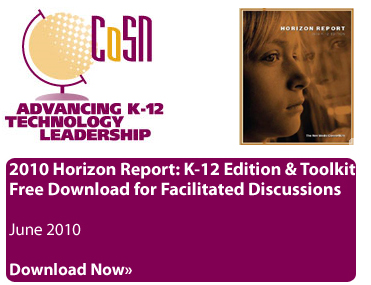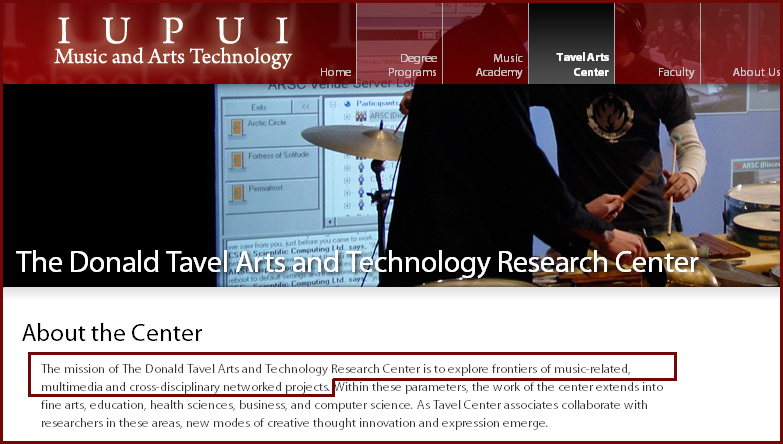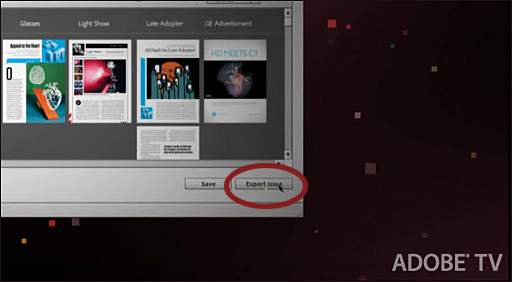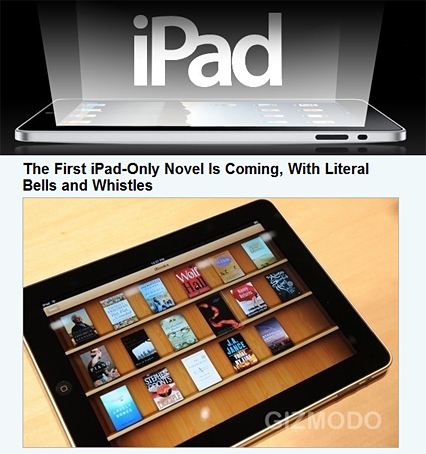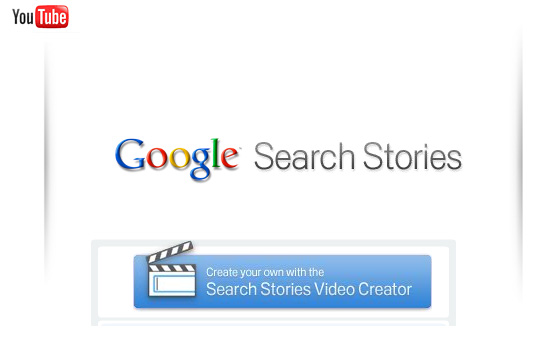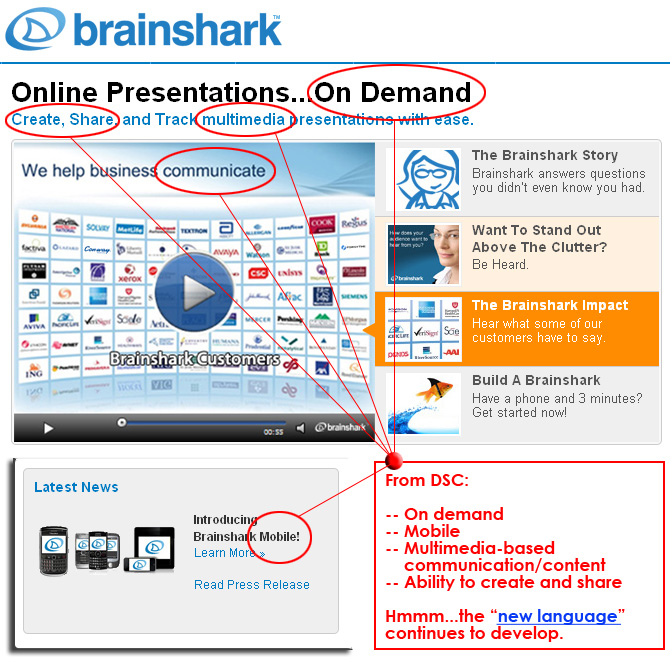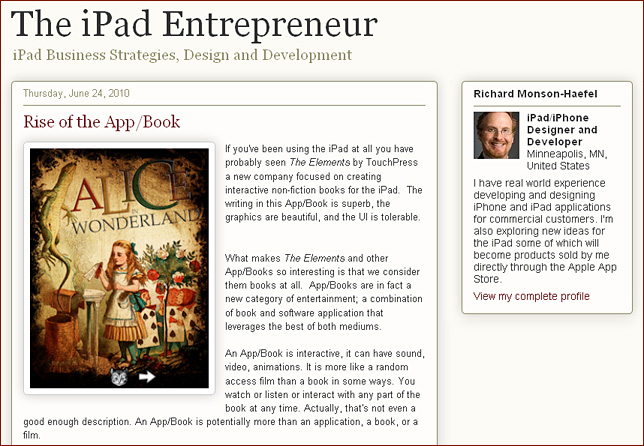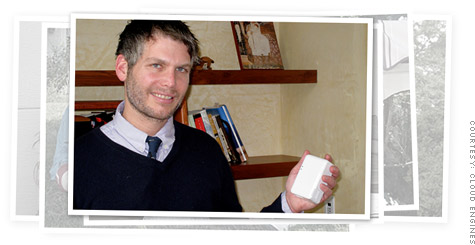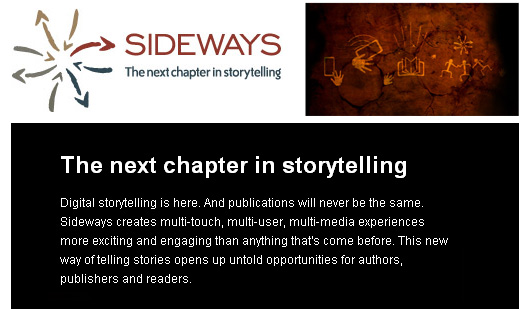The Next Generation of Digitally Enhanced Learning — from The Journal by Scott Aronowitz
At the recent Ed Tech Summit, a technology consultant took a distant look at the future of education, based on both widespread speculation and technologies currently on the market and in development
In his lecture at the Ed Tech Summit at the InfoComm 2010 conference in Las Vegas, Mark S. Valenti, founder and president of Pittsburgh-based technology consulting firm The Sextant Group, delved into the myriad of ways in which advancing technology will continue to enhance, improve, and expand education–both K-12 and post-secondary education–as well as the shifts in priorities and attitudes such advancements will likely cause.
In Valenti’s “big picture” view of the next stage of education, there will be several significant changes, some of which we are already witnessing, that will alter the entire landscape for “providers” of education and related services, e.g., colleges and universities, vocational and trade institutes, public and private K-12 schools, etc., as well as for teachers and students:
* The process will continue to become more technology-dependent;
* There will be increased demand for access, in terms of user capacity, frequency, transmission speed, and content capacity, leading to increased demand for bandwidth;
* Information will become increasingly media rich, which will also impact bandwidth demand; and
* The individual will increasingly become both a consumer and a producer of information, leading to shifts in the dynamic between educators and the educated.
…
Finally, such technology will lead to a rethinking of the architecture of learning spaces themselves. “Collaboration across time and space will drive facility design [in the coming years]. We’re seeing technologies like Skype become commonplace. We’re seeing major investments from companies like Cisco in things like TelePresence, which is a prime example of cross-collaboration.” Valenti said he believes that, in the long run, in addition to the changes in teaching and learning methods, the physical space that accommodates learning will also change. Classrooms driven by multimedia, virtual hands-on combinations of laboratories and lecture spaces, and the aforementioned virtual operating rooms are all examples of the digitally enhanced learning spaces on the horizon.










